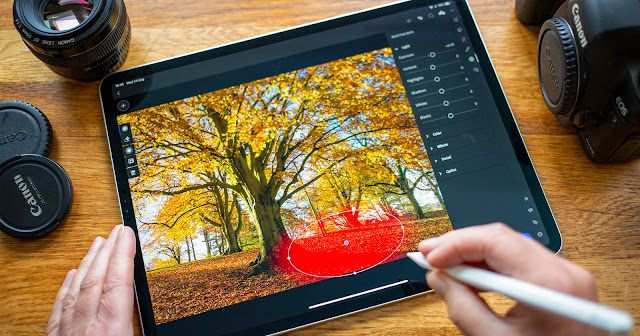Introduction
In the world of photography, capturing the perfect shot often involves more than just framing and composition. Post-processing plays a crucial role in refining and enhancing images to achieve stunning results. One common post-processing task is removing unwanted objects from photos, which can significantly improve the overall quality and visual appeal of an image. In this comprehensive guide, we will explore professional tips and techniques for remove object from photo, as well as the process of converting images from WebP to PNG format. Whether you're a seasoned photographer or a beginner enthusiast, mastering these skills will elevate your photography to new heights and help you create images that truly stand out.Understanding Object Removal from Photos
Object removal from photos is a common post-processing task that involves removing unwanted elements or distractions from an image. Whether it's a stray object in the background, a blemish on a subject's face, or an imperfection that detracts from the overall composition, removing these objects can significantly enhance the visual impact of the photo. Understanding the techniques and tools available for object removal is essential for achieving professional-looking results in your photography.Professional Tips for Object Removal
Object removal is a delicate process that requires attention to detail and precision. Here are some additional professional tips to enhance your object removal skills and achieve flawless results:1. Patience is Key:
Rushing through the object removal process can lead to sloppy edits and unsatisfactory results. Take your time to carefully analyze the image, make precise selections, and meticulously blend the edited areas with the surrounding background. Patience and attention to detail are crucial for achieving seamless object removal.2. Utilize Layer Masks:
Layer masks are powerful tools that allow for non-destructive editing in image editing software. Instead of permanently erasing parts of the image, use layer masks to hide or reveal specific areas as needed. This enables you to make adjustments and refine the object removal process without altering the original image data.3. Refine Selections with Feathering:
Feathering the edges of your selections helps to create a smooth transition between the edited areas and the surrounding background. Use feathering to soften the edges of your selections and blend them seamlessly with the rest of the image. This technique ensures that your edits appear natural and cohesive.4. Experiment with Blending Modes:
Blending modes can enhance the realism of your object removal edits by adjusting how layers interact with each other. Experiment with different blending modes to achieve the desired effect, such as blending the edited areas more naturally with the surrounding background or increasing the contrast for a more defined edge.5. Pay Attention to Lighting and Shadows:
Consider the lighting and shadows in the image when removing objects to maintain consistency and realism. Adjust the brightness, contrast, and color of the edited areas to match the lighting conditions of the surrounding scene. Paying attention to these details will ensure that your object removal edits seamlessly integrate into the image.6. Practice Regularly:
Like any skill, object removal requires practice to master. Dedicate time to regularly practice object removal techniques and experiment with different tools and methods. The more you practice, the more proficient you'll become at identifying and removing objects effectively.7. Seek Feedback:
Don't hesitate to seek feedback from peers, mentors, or online communities. Sharing your work and receiving constructive criticism can help you identify areas for improvement and refine your object removal skills. Additionally, observing how others approach object removal can provide valuable insights and inspiration for your own editing process.By incorporating these professional tips into your object removal workflow, you'll be able to achieve stunning results and elevate the quality of your photography. Remember to be patient, experiment with different techniques, and continuously refine your skills through practice and feedback. With dedication and attention to detail, you'll become a master of object removal and enhance the visual impact of your images.
Techniques for Converting WebP to PNG:
In addition to object removal, converting images from WebP to PNG format is another essential task in photography post-processing. WebP is a modern image format that offers efficient compression and high image quality, but it may not be compatible with all devices and platforms. Converting WebP images to PNG format ensures compatibility and allows you to retain image quality without sacrificing file size.There are several techniques for converting WebP to PNG format, including:
- Using Online Conversion Tools: There are many online tools and websites that allow you to convert WebP images to PNG format quickly and easily. Simply upload your WebP image to the tool, select the desired output format (PNG), and download the converted image.
- Using Image Editing Software: Most image editing software, such as Adobe Photoshop or GIMP, support both WebP and PNG formats. You can open your WebP image in the software and save it as a PNG file by choosing the PNG format from the save options.
- Batch Conversion: If you have multiple WebP images that need to be converted to PNG format, consider using batch conversion tools or scripts to automate the process. This allows you to convert multiple images simultaneously, saving time and effort.

No comments:
Post a Comment